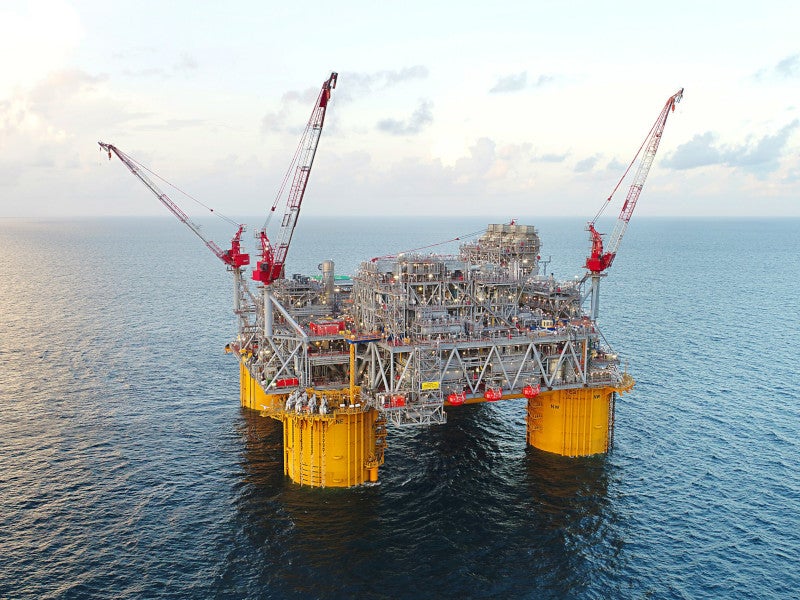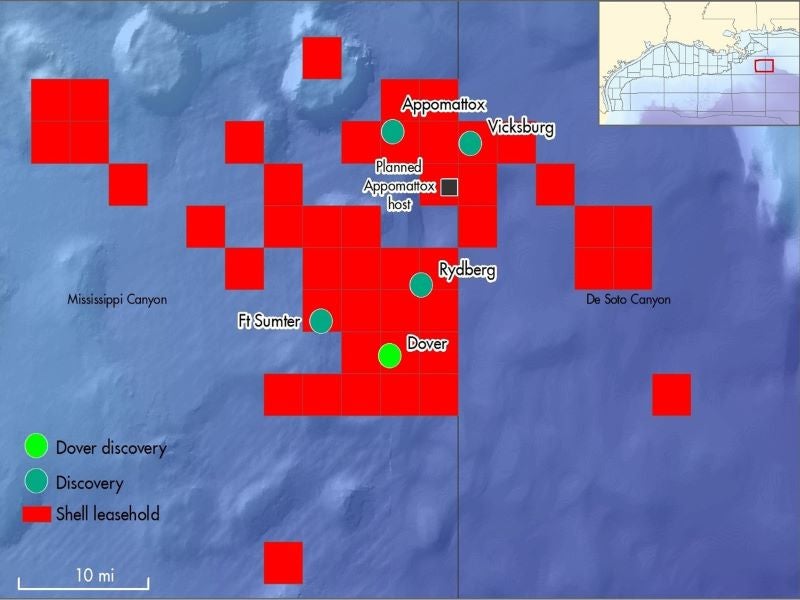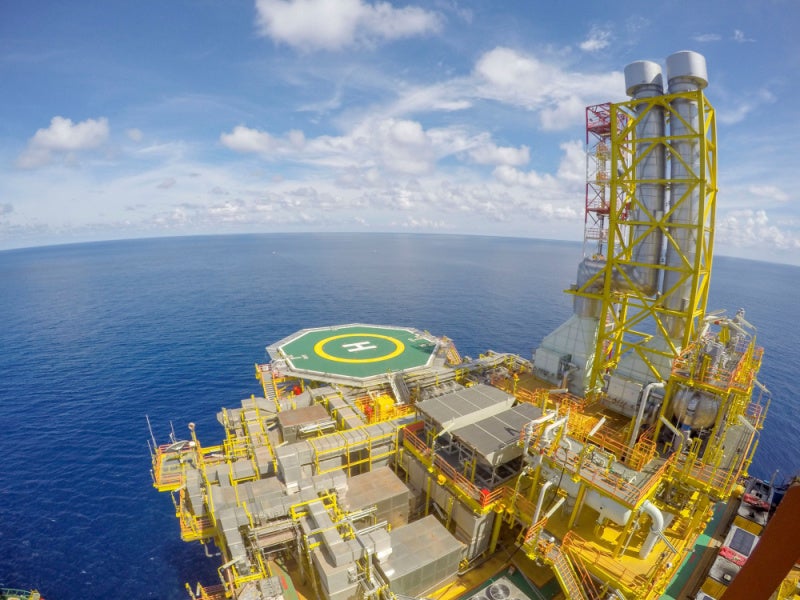Dover is a deepwater oil field development located in the Mississippi Canyon, Gulf of Mexico, US. The field is being developed as a subsea tieback by Shell Offshore, a subsidiary of international oil and gas company Shell.
Shell Offshore has 100% working interest in Dover. It made a final investment decision for the project in March 2023. Key contracts for the project were awarded in May 2023.
The Dover field is anticipated to come on stream between late 2024 and early 2025. It is expected to produce up to 21,000 barrels of oil equivalent per day (boepd).
The investment in Dover is in line with Shell’s energy transition strategy of pursuing energy-efficient and high-return upstream projects and the company’s long-term commitment to the US Gulf of Mexico, where oil production accounts for one of the lowest greenhouse gas emissions in the world.
Dover oil field location
The Dover field is located within Mississippi Canyon block 612, Gulf of Mexico, at a water depth of 2,286m (7,500ft), roughly 273km (170 miles) away from the southeast coast of New Orleans, Louisiana, US.
It lies about 21km (13 miles) away from Appomattox, the largest floating production platform operated by Shell in the Gulf of Mexico.
Discovery and reservoir details of the oil field
The deepwater field was discovered by drilling the Dover discovery well in May 2018. Drilled to a total depth of 6,780m (29,000ft), the discovery well encountered more than 800ft (244m) of net oil pay in the Norphlet geologic play.
The Norphlet play is a Jurassic age geological formation that extends from onshore to deep waters of the Gulf of Mexico. The formation is characterised by high-pressure and high-temperature sandstone reservoirs.
Dover is Shell’s sixth discovery in the Norphelet formation. Other major discoveries made by Shell in the Norphlet play include Appomattox (2010), Vicksburg A (2013), Rydberg (2014) and Fort Sumter (2016).
The company acquired the first lease in the deepwater play in 2001.
Dover oil field development details
The Dover oil field development includes two production wells tied back to the Appomattox production hub, a semi-submersible floating production platform operated by Shell in Mississippi Canyon block 392.
The Dover production wells will be connected to the Appomattox through a 17.5-mile (28km) flowline and riser.
Appomattox production platform details
The Appomattox production platform is situated 129km south-east of Louisiana in the Gulf of Mexico, at a water depth of 2,255m (7,400ft).
It was constructed by Samsung Heavy industries in South Korea and fabricated at Kiewit Offshore Services’ Ingleside fabrication facility in Texas, US.
The platform has a production capacity of 175,000 boepd. It commenced production from the Appomattox field, the first commercial discovery in the Norphlet formation, in 2019.
Appomattox is Shell’s eighth and biggest floating platform in the Gulf of Mexico. It is intended to serve as a host platform for near-field exploration and subsea tiebacks of new fields in the area.
The Appomattox is jointly developed by operator Shell (79%) and CNOOC Petroleum Offshore (21%).
Contractors involved in the Dover oil project
TechnipFMC, a UK-based oil and gas technology provider, was contracted to supply subsea tree systems for the Dover field development in May 2023.
The contractual scope also includes engineering, procurement, construction and installation services for the subsea umbilical, riser and flowline systems for the project.
TechnipFMC also supplied and installed the subsea production systems for the Appomattox field development.










